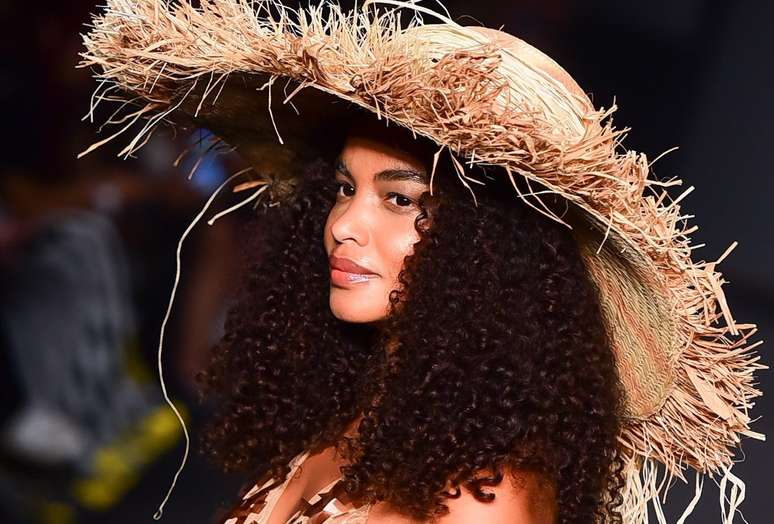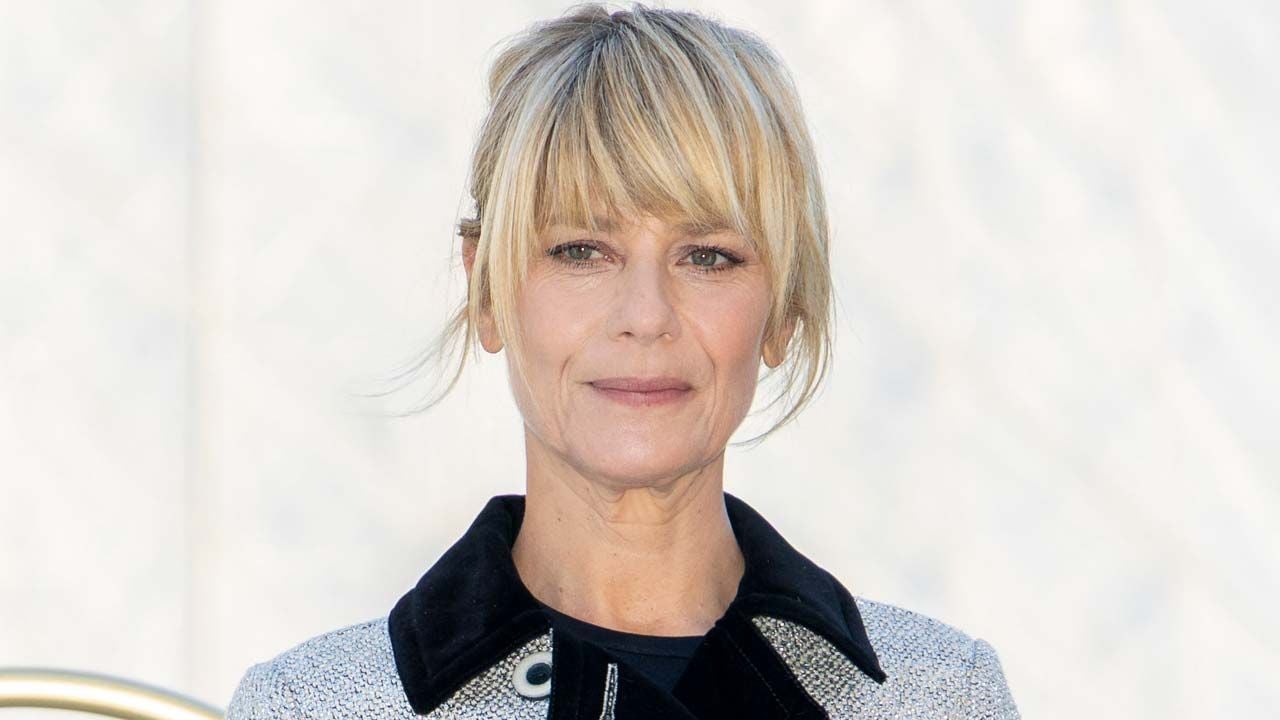Fashion, despite being the second most polluting industry in the world, according to a study published by Global Fashion Agenda, in 2022 there is a sustainability movement that has been followed by some brands, both in relation to the raw materials used and the manufacturing process. production or the messages conveyed through their presentations. Fire, religion and environment were the motto of most of the collections presented on the fourth day of the 56th edition of SPFW, which will end this Sunday (12), in the midst of the heat wave that hit the city of Sao Paulo.
On the catwalk, where some celebrities passed, such as Lucy Ramos and Sérgio Guizé, themes such as “Heatwave”, which gives its name to the collection presented by Forca Studio, and “Fogo”, from the AZ Marias brand, seem to have changed hands -collected for this period when the weather is much warmer than normal. The warm inspirations are accompanied by attitudes aimed at trying to make fashion more sustainable and also stimulating. Materials that do not harm the environment as much, such as natural rubber from the Amazon, the use of waste raw materials, natural dyes are part of the production of most clothing items.
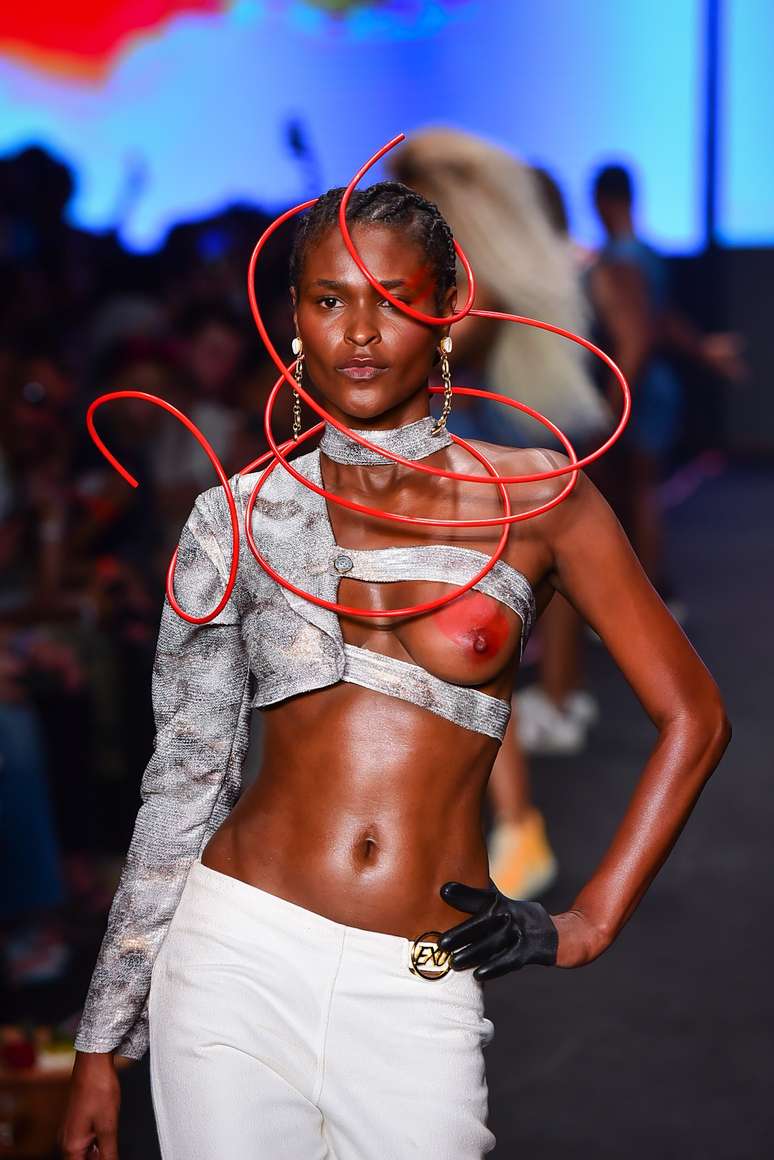
Religions, moon, sea and countryside, leather on display were also present on the SPFW catwalks on this penultimate day in which, in addition to Forca and AZ Marias, the brands Ateliê Mão de Mãe, João Maraschin, Ângela Brito, Rocio Tela, Renata Buzzo and Santa Resistência. Perfect tailoring, fringes, balloons, asymmetries, light trench coats and fluid dresses promise to invade the next seasons, in colors ranging from black, white, gray and beige to bright ones, such as orange and red, including blue.
Mother’s hand workshop

Ateliê Mão de Mãe, by Bahians Vinícius Santana and Patrick Fortuna, maintains its crochet savoir faire, but advances even further in the modeling, sinuosities and delicate layering of its handmade clothes. A color palette that enhances the Salvador Água de Meninos neighborhood, with yellows, greens, beiges and whites, manages to give even more strength to the beautiful and very current handmade collection, a technique that is so necessary and valued today.
João Maraschin
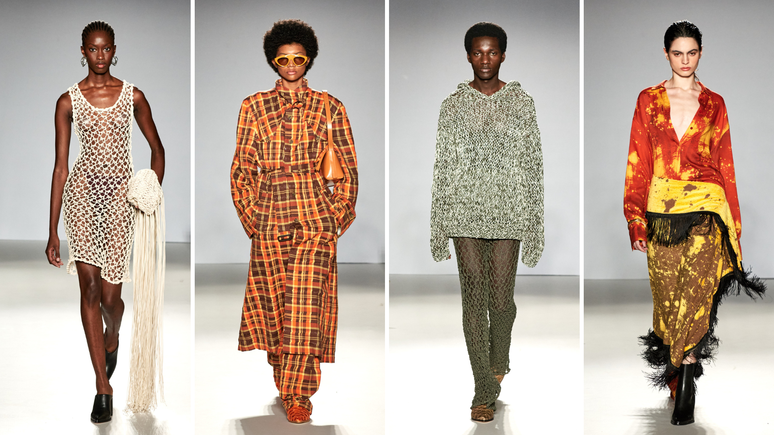
The debut of João Maraschin, whose eponymous brand is based in London, where he graduated in 2020, after working with Ronaldo Fraga, also marked the sustainable nature of the event. The “Home” collection carries the brand’s DNA rooted in the preservation of manual techniques. So macramé overlaid with handmade prints, crochet and knitting with ropes and lines, organic cotton jacquard. Furthermore, he used threads obtained from PET bottles, pirarucu leather, knitwear dyed with fruits and vegetables, use of disposable materials and manual embroidery with biodegradable pigmentation. All this gave life to a clean collection, with precise cuts, finishes and processing, full of fringes and transparencies.
Angela Brito
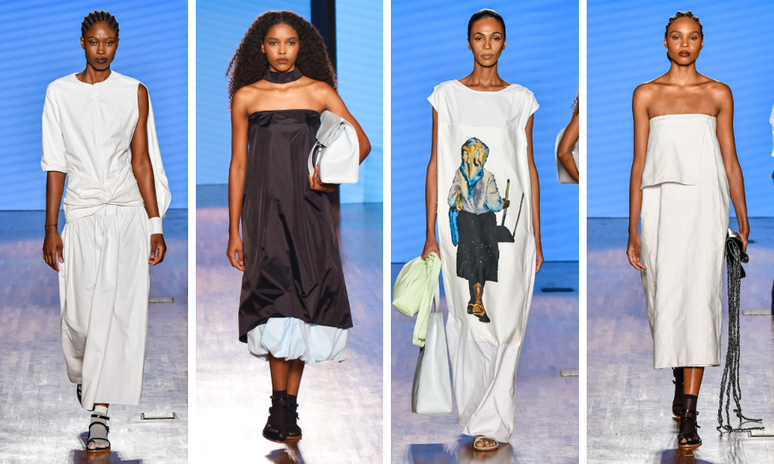
Angela Brito, a Cape Verdean designer based in Brazil, thought about the pilgrimages of pilgrims, migrants and immigrants, and religious holidays, to create the collection presented this Saturday at SPFW (11). With cotton fabrics mixed with technological polyamide memory fabric. To combine the traditional with the modern, Angela also used the Cape Verdean Panu di tera loom fabric in some looks. The result was a fashion that transcends time, light, comfortable, in a simple color palette, with strokes of white, black and gray and green and blue in pastel tones. Some looks included balloon modeling, which is among the main trends of the moment.
Rocio Tela
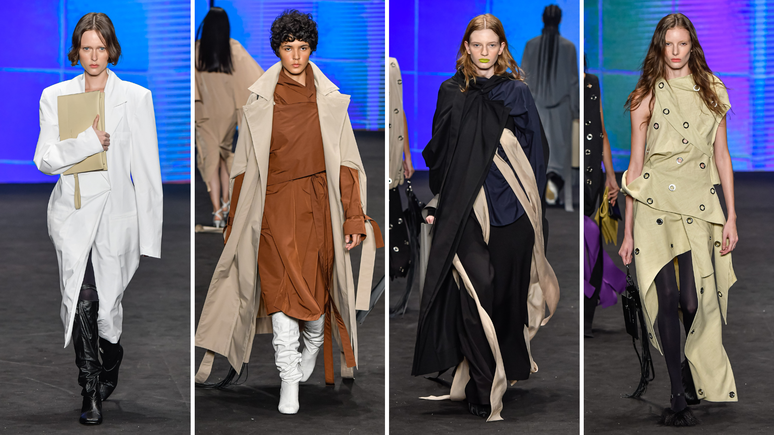
Winter 2024 by designer Diego Malicheski, of Rocio Canvas, once again brought the brand’s deconstructed tailoring, with layering, moulage in fabrics such as denim, a trench coat with prominent shoulders, in three types of fabrics for different climates, eyelets, spheres in shades ranging from white to beige, brown and black. Fairer and broader modeling gives movement to productions.
Az Marias
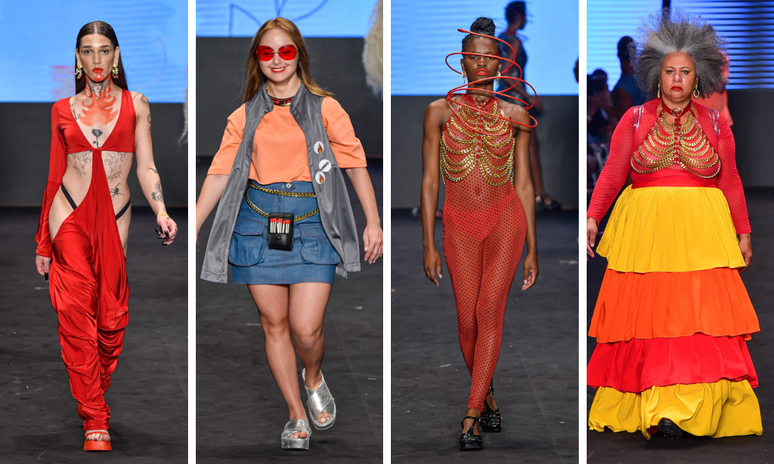
AZ Marias, by designer Cintia Felix, won the third part of the Florescer series. After talking about the elements Earth and Air, she now used Fire to talk about both climate issues and racism. You also celebrated religions of African origin, with the figure of Exu, who “started” the procession with his loud laugh and trident in hand. The presentation was punctuated by dancehall, a Jamaican genre and popular dance, which celebrates real and plural bodies, often seen on the brand’s catwalk, which also featured the rapper Onã, who sang against racism. Lots of red was present, as well as yellow and orange, along with jeans and exposed skin.
Renata Buzzo
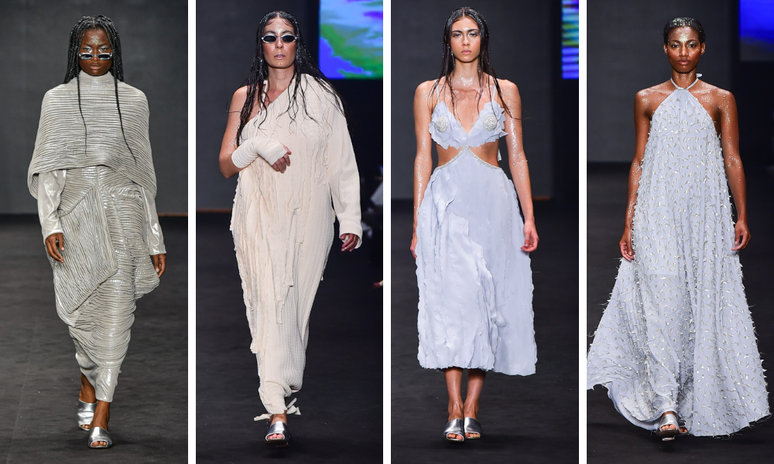
The phases of the moon and the sea were Renata Buzzo’s inspiration for the presentation at SPFW. The result came in long looks, with cutouts, with worked fabrics, sometimes curled, sometimes with applications of pieces of fabric. The designer, who also works with reused materials, knows how to transform waste into sophisticated and timeless clothes. On the catwalk the former BBB Tina Calamba and the influencer Thay Sanqueta, who entered the catwalk with her right arm in a bandage, just for styling effect. Even in the procession there was no shortage of brightness.
Holy Resistance

The north-eastern hinterland of the poet Catulo da Paixão Cearense was the inspiration for the Santa Resistência brand. The show began with earthy, glossy or more matte looks, evolving into sunny yellows and oranges, all the way to blues and blacks. Sustainable cotton fabrics, leather with holes and glitter appliqués, like the dress worn by Lucy Ramos (second from left in the photo), permeated the show.
Studio Forca
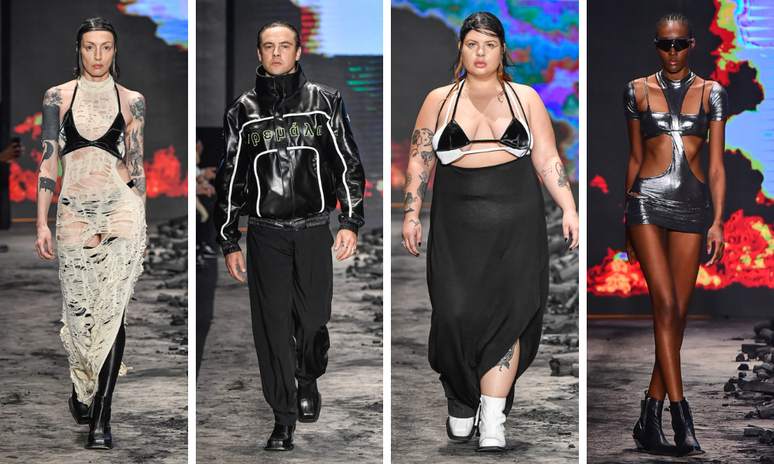
Urban and attentive to sustainability, the Forca Studio brand, by São Paulo natives Vivi Rivaben and Silvio de Marchi, presented the “Heatwave” collection, on the consequences generated by human action on the planet. “We had to pause the narrative we had been building for two seasons to highlight our anguish over the global environmental crisis. We live in an unprecedented time and feel that fashion must give voice to this and become part of this urgent change,” said stylist and DJ Silvio De Marchi.
With Sérgio Guizé on the catwalk, the show featured pieces made from sustainable materials, such as a new line of malleable rubber fabrics hand-developed by artisan tribes in the Amazon. The duo also used pieces whose fabric is made from recycled tire tubes, as well as native rubber, removed from mining communities in the Amazon, among other materials. For men, a looser shape, for women, slim-fit and cropped looks. All shown against a backdrop of fire and destruction.
Source: Terra
Ben Stock is a lifestyle journalist and author at Gossipify. He writes about topics such as health, wellness, travel, food and home decor. He provides practical advice and inspiration to improve well-being, keeps readers up to date with latest lifestyle news and trends, known for his engaging writing style, in-depth analysis and unique perspectives.

